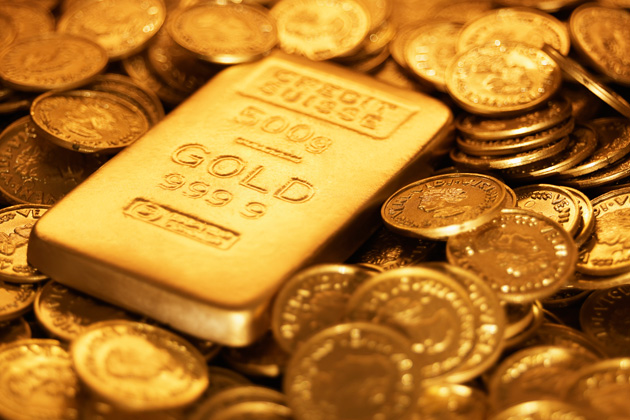Gold demand slumped 20% in 2016 to its lowest since 2009, GFMS analysts at Thomson Reuters said in a report on Thursday, as a rebound in prices after three straight years of losses blunted appetite for the metal.
Demand was hit towards the year-end by gains in the dollar and a sharp drop in Indian demand after Prime Minister Narendra Modi’s withdrawal of some denominations of bank notes sparked a cash crunch in the fourth quarter.
Buying of jewellery, coins and bars, plus official sector and industrial demand, fell to 3,349 tonnes last year from 4,184 tonnes in 2015, the analysts said, the lowest in seven years.
That helped lift the net surplus in the gold market to 1,176 tonnes, up from just 220 tonnes in 2015 and the biggest physical surplus this century.
“The US dollar is likely to remain a substantial headwind to further price rises, at least in the first half of 2017,” it said. “Furthermore, there are few indications that physical demand from Asia is set to pick up just yet.”
The gold market saw its largest surplus since 2005 in the final quarter of last year, as demand from major consumer India wilted and investors sold out of gold-backed exchange-traded funds.
Indian gold demand slid to its lowest since 2003 last year at 580 tonnes, down by one-third year-on-year.
Jewellery demand in China, the world’s biggest consumer of the precious metal, fell 15% in the last quarter to 146.6 tonnes.
Global jewellery fabrication, the largest single demand segment for the metal, fell by more than one-fifth last year, while central bank buying slipped 42% to 252 tonnes.












